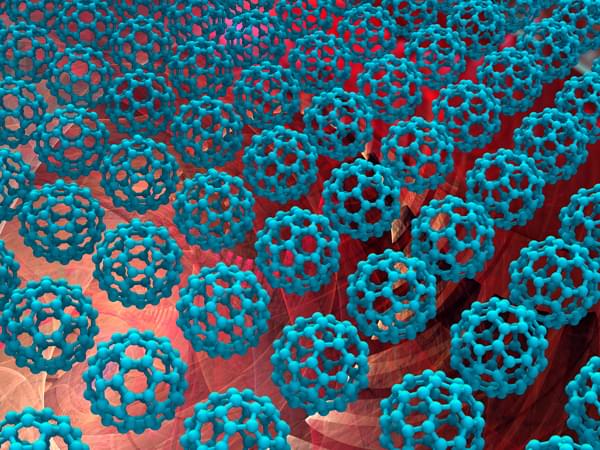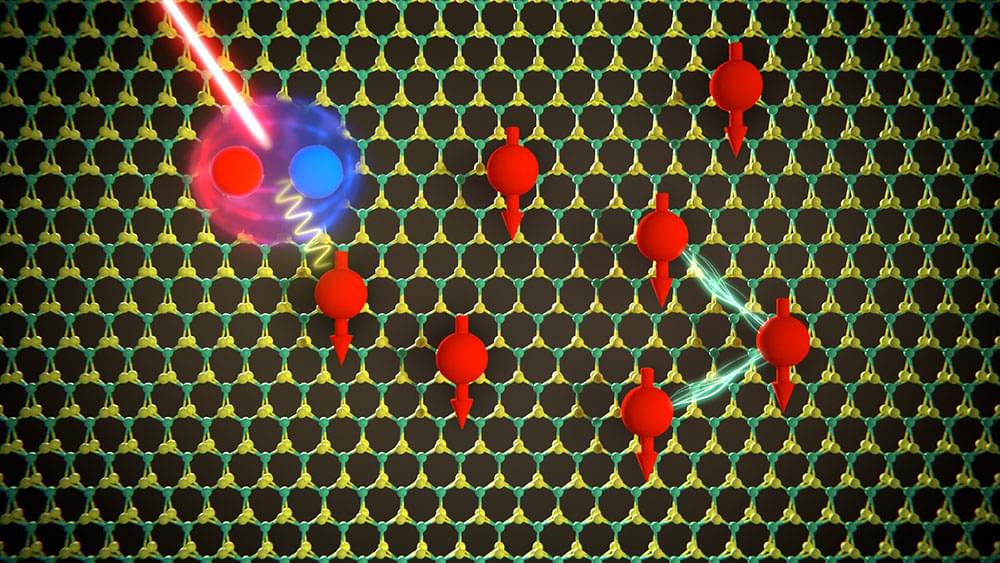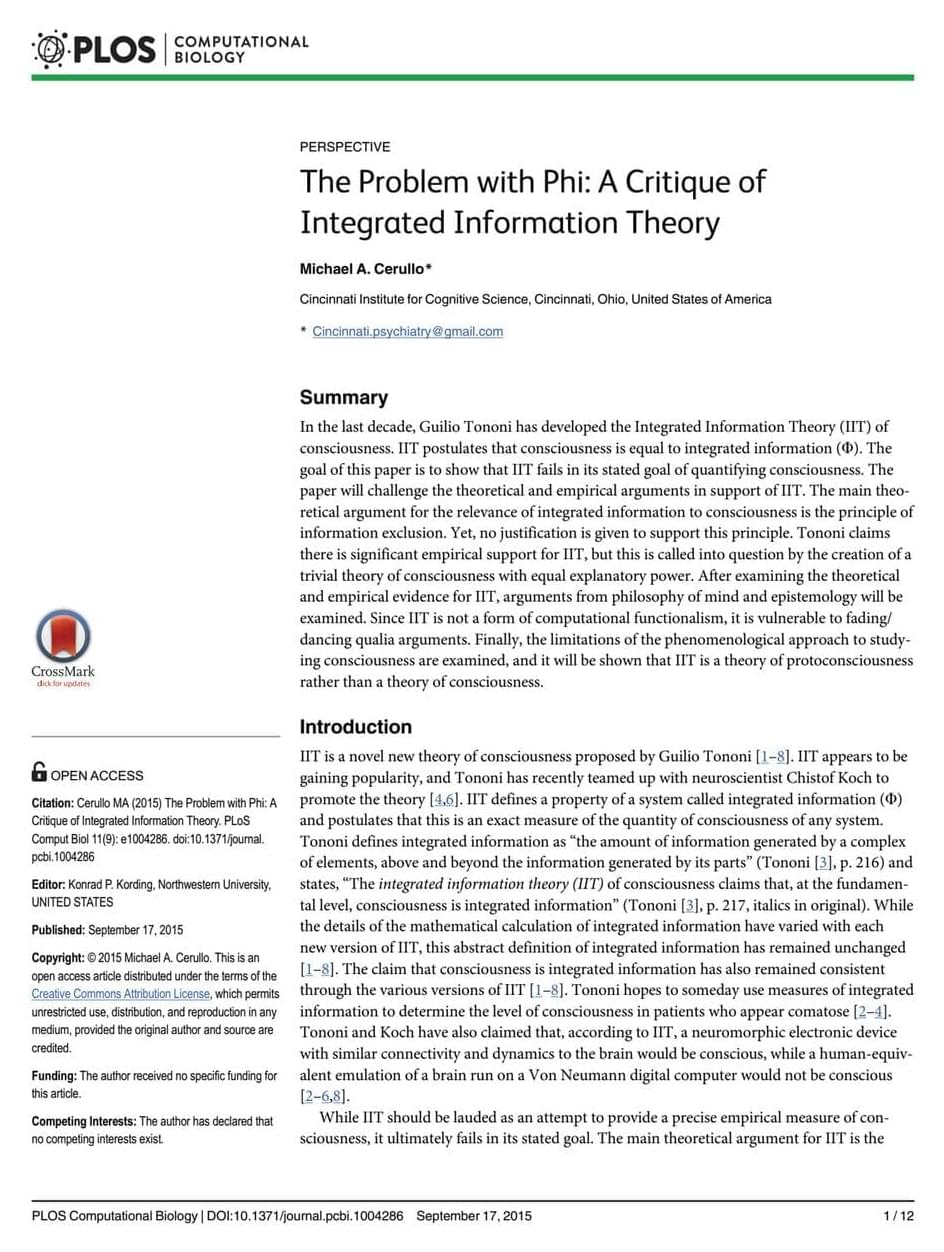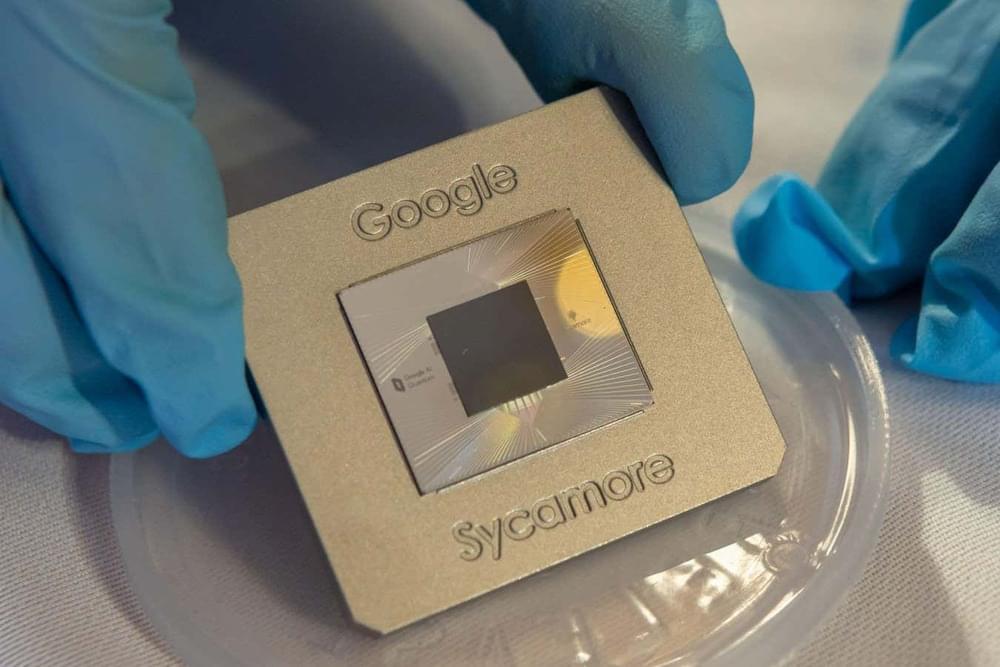Jul 11, 2024
Starlink Mini is now widely available and doesn’t need a residential subscription
Posted by Quinn Sena in categories: energy, internet
You can now get a Starlink Mini in the US, wherever you are and even if you’re not paying for a residential subscription. SpaceX started offering select users the new Starlink dish model that’s small enough to fit in a backpack in late June. Despite its small size that makes it easy to transport and carry around, the Mini used to require an existing $150 standard service plan — you could only tack on the Mini Roam service for an additional fee of $30 a month. Now, you can get it on its own with a roaming service.
The mobile regional plan costs $150 a month and will give you access to unlimited data. It’s probably the better option if you live in an RV or travel to remote locations for extended periods of time. Meanwhile, the Mini Roam plan costs $50 a month and will give you access to 50GB of data, which is likely enough if you don’t live on the road full time. Take note that you can use Mini Roam in motion anytime, as long as you’re on land. The mobile regional plan has limited in-motion use and only works when you’re going slower than 10mph, though you can choose to add data meant for in-motion use on a per-GB basis.
Like Starlink’s other terminals, you’ll have to pay for the Mini up front. It will cost you $599 for the kit, which includes a kickstand, a pipe adapter, a power supply and a cord with a USB-C connector on one end and a barrel jack on the other. (As The Verge notes, you can plug it into a 100W USB-PD power bank if you don’t have access to other power sources.) There’s no Wi-Fi router with the kit, because it’s already integrated into the dish, giving you one less component to carry.





 Scientists have taken a significant step towards the development of tailor-made chiral nanocarriers with controllable release properties. These nanocarriers, inspired by nature’s helical molecules like DNA and proteins, hold immense potential for targeted drug delivery and other biomedical applications.
Scientists have taken a significant step towards the development of tailor-made chiral nanocarriers with controllable release properties. These nanocarriers, inspired by nature’s helical molecules like DNA and proteins, hold immense potential for targeted drug delivery and other biomedical applications.











